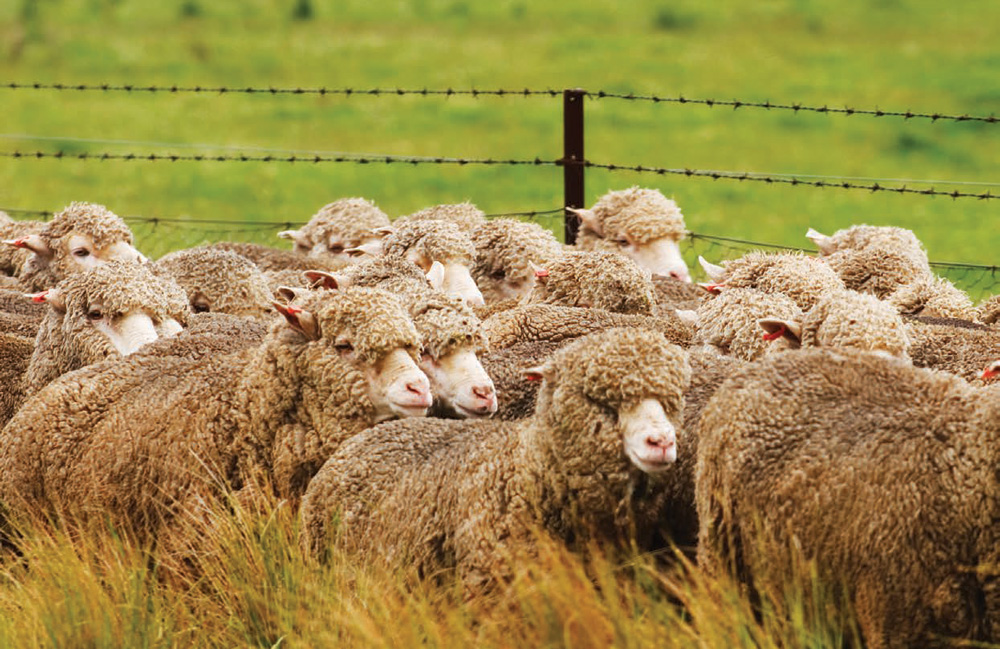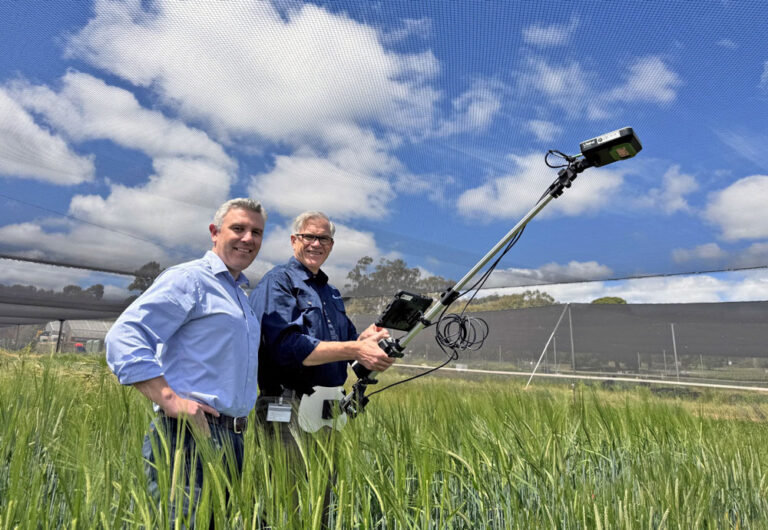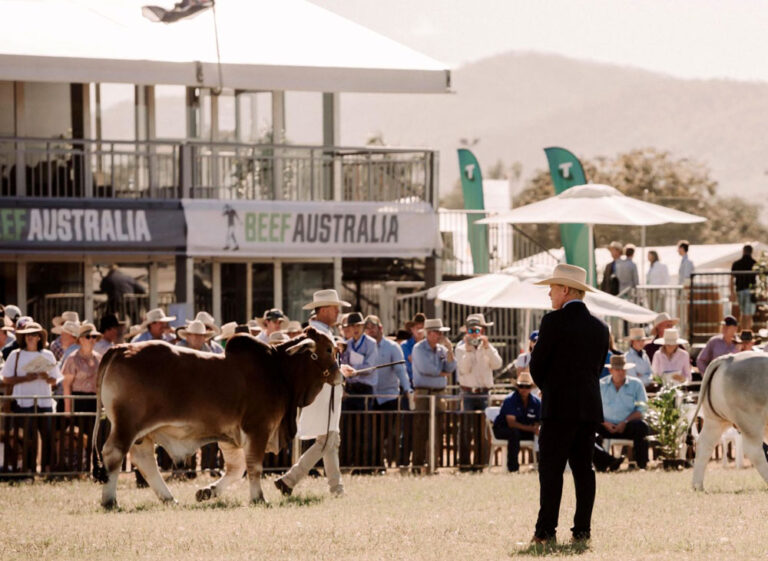Wool volumes are forecast to increase but prices will continue to be impacted by weaker global demand

Australian wool production volumes are forecast to continue increasing in 2023 for a third consecutive year.
The Australian Wool Production Forecasting Committee (AWPFC) has estimated production of the 2022/23 sale season to be 340 million kg.
This is a 4.9% increase in wool production on the previous year. This growth is driven by producers increasing flock numbers in anticipation of continuing strong seasonal conditions.
AWPFC estimates the national flock to reach 75 million head in 2023.
Above average rainfall throughout spring has created strong grounds for another season of above-average lambing rates.
Stronger seasonal conditions will improve feed supply in less flood-affected areas and continue to reduce the number of growers relying on grain-feeding.
Increased stock numbers and wet weather will continue to put pressure on shearing operations which are already being affected by a labour-supply shortage.
The opening of Australia’s border with New Zealand in early 2022 has not eased the shearer shortage which will be an on-going challenge for the industry.
Progressive Australian Wool Testing Authority testing volumes for New South Wales and Victoria are both lower than the same time last year despite the increased national flock size.
This may indicate larger offerings at auction in early 2023 as delays in shearing are eased by drier conditions.


Demand is easing
Demand for wool will come under pressure as consumer spending on luxury goods weakens.
Consumer confidence in China has fallen to historic lows as a real-estate crisis and COVID-19 zero policy continue to hinder economic growth.
China continues to be the largest buyer of Australian raw wool, buying 79% of all wool exports across the previous selling season.
China is a key player in the supply chain of wool garment production. Impending recessionary pressures will weaken demand for wool garments as consumers are faced with a combination of both higher inflationary pressures and interest rates throughout 2023.
The weaker Australian dollar compared to the first half of 2022 will marginally offset softening demand by creating discounted buying opportunities for overseas markets in the near-term.
The Eastern Market Indicator (EMI) in US dollars has only fallen below 800 US c/ kg for one period in the last decade and that was at the outset of the COVID-19 pandemic.
An appreciation in the Australian dollar over the longer term would make Australian wool more expensive on a global level and likely weigh on export demand.
Price could be discounted
Prices across the Micron Price Guides (MPGs) have come under pressure since June 2022.
Fine wool prices are being challenged by discounts not seen for over 18 months. However, fine, and medium wool prices remain above their five-year average, which may indicate there is scope for further pullback in the face of reduced demand.
The price differential between medium and fine wool will be maintained throughout 2023 though fine and medium wools are both expected to remain below the heights that were seen in mid-2022.
The price outlook for crossbred wool remains poor as strong supply and weaker prices for lower micron wool will contribute to decreased competition for crossbred types.
For eight of the last ten years growers could expect double or triple the current price for 28-micron crossbred wools.
The EMI is likely to fall marginally as demand softens and supply increases. The EMI can be expected to fall to 1,200c/kg to June 2023.
Wool that scores highly in the key quality metrics will receive premiums as prices ease across the MPGs. High wool strength, low vegetable matter and mulesing related certifications will be the key drivers in these premiums.













